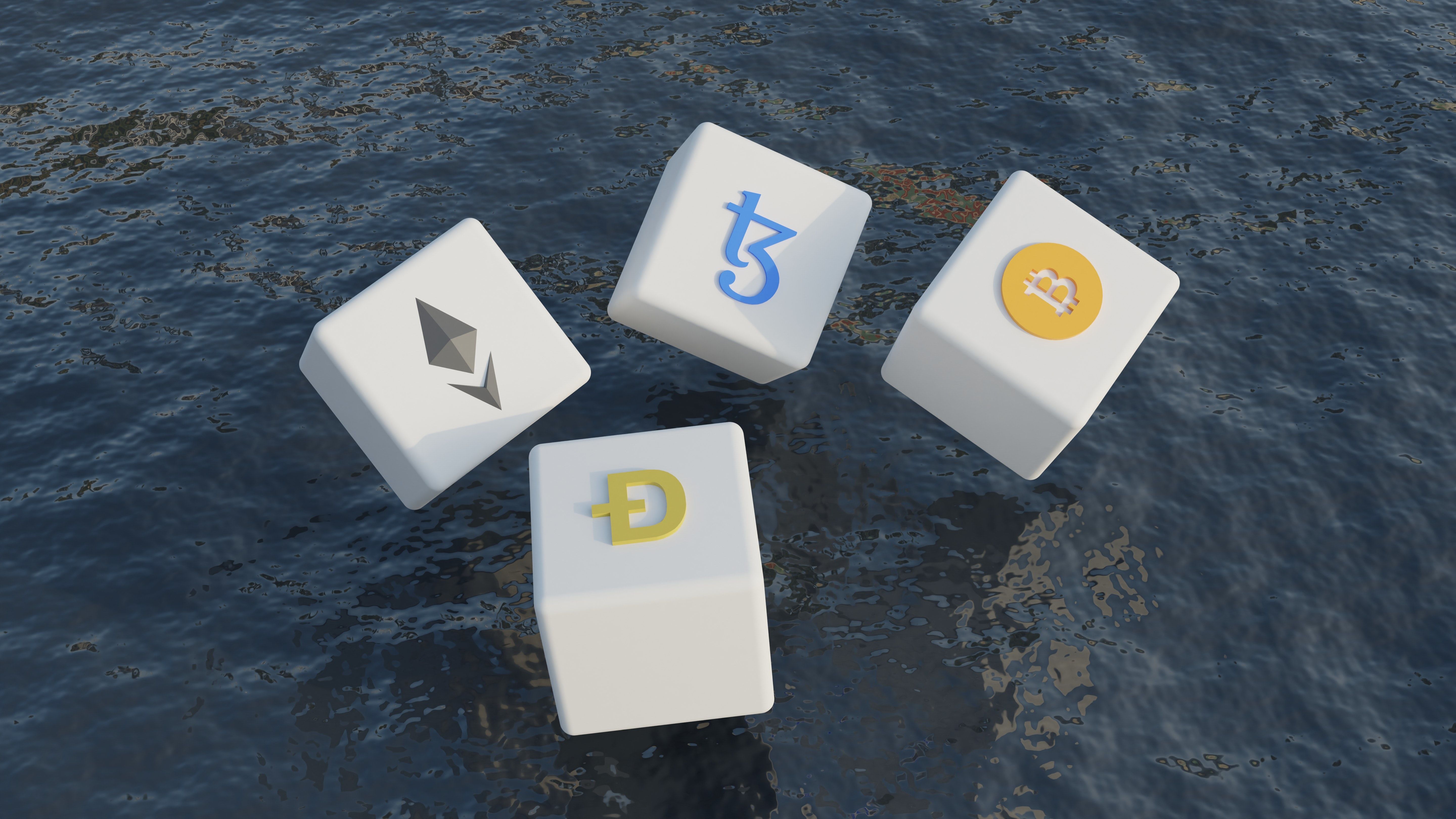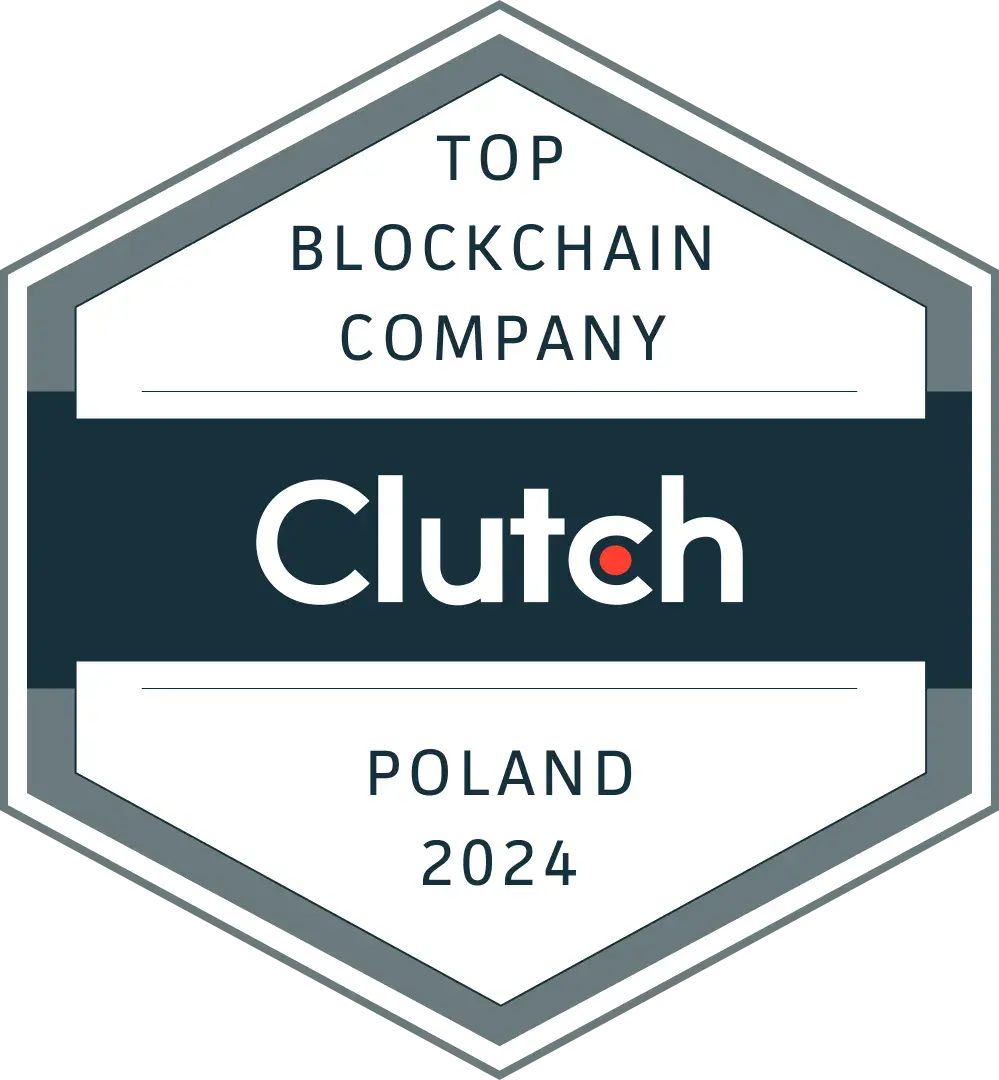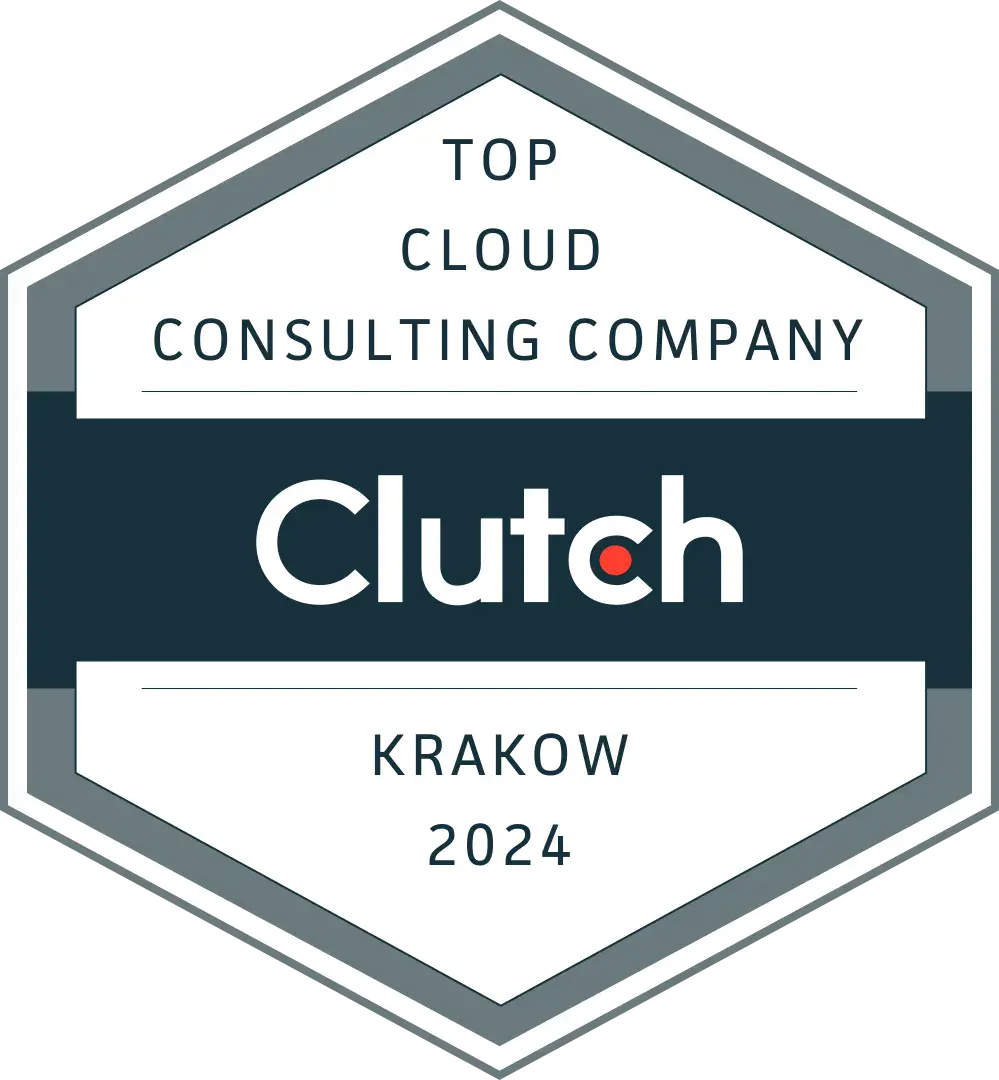Web3 in action: 10 best real-life Web3 project examples
Fri, Nov 4, 2022 •6 min read
Category: Business Stories / Blockchain
Web3 is amongst the most used IT buzzwords of 2022 for a reason. We’ve entered an era of decentralized digital services that give power back to their users, are permissionless and trustless, and use native payment methods. To understand the concept of Web3 better, let’s look at the products that embrace its core principles in the best way possible.
What is Web3 and how is it different from its previous iterations?
The concept of Web3, although might seem complex, is not that difficult to grasp when we look at it through the lens of its evolution. When we first started using the World Wide Web, it was mainly static sites owned by companies and/or government agencies. It didn’t really allow any interaction between its users, and it wasn’t easy for an average Joe to publish their own content there; therefore we know this Web1 era of the Internet as read-only.
Then, social media entered the picture and changed the way we used the WWW. Before that, we could go online and read whatever content was published there by publishers who could afford servers, and the whole infrastructure and that was mostly huge corporations. With the emergence of Web2 we could now become not only the readers but also the creators - publish our own videos on YouTube, thoughts and inspirational images on Tumblr, or personal profiles on MySpace. Internet forums also became a huge thing. But while users could now create and publish their own content on those platforms, they didn’t own them and rarely could benefit from their monetization.
That’s where Web3 makes a difference. Taking advantage of blockchain technology, Web3 tries to give ownership back to people. But it’s not its only principle. According to Ethereum.org, the 4 core ideas of Web3 are:
decentralization (meaning that the internet and its products should be controlled and owned by its users and not Big Tech companies)
cryptocurrency-first (instead of relying on traditional banking, Web3 users use native payments to spend, send, and exchange money)
trustlessness (instead of relying on trust for the third party to fulfill their responsibility towards the users, it operates on incentives and economic mechanisms)
The tweet below, written in 2020, perfectly sums up the differences between Webs 1-3.

10 Web3 products to watch in 2023 and beyond
Amongst many projects that could be described as Web3 projects, there are a couple that stand out due to the originality of their concept, or the amount of public attention they received. Let’s look at 10 of them.

Ocean Protocol: turn your data into an asset
Ocean Protocol was built on the Ethereum chain and its main purpose is to facilitate data exchange among businesses and individuals. The protocol gives people control over their own data by enabling them to monetize it by turning it into an asset. Taking advantage of blockchain technology and Web3 principles, Ocean Protocol has been awarded the Technology Pioneer title by the World Economic Forum in 2021.
Polkadot: built to enable Web3 development
Another great example of a Web3 project is the Polkadot network. It enables multiple blockchains to seamlessly talk to each other in order to make them interoperable. This growing ecosystem of blockchains is a perfect environment for Web3 app development, where developers don’t have to worry about security as Polkadot introduced “shared security” which is a plug-and-play safety mechanism. Overall, the Polkadot network is a great enabler of broader blockchain and Web3 development adoption.
Harmony: a perfect balance of security, scalability, and decentralization
Blockchain technology although very powerful and future-proof has 3 main challenges to overcome, which are referred to as The Blockchain Trilemma. The term, coined by Vitalik Buterin - one of the Ethereum founders, addresses the biggest issues that blockchain developers face when creating Web3 apps. And those are that the blockchains should be scalable, decentralized, and secure. Harmony has been built to address all 3 of those challenges. It’s a great example of a Web3 project that uses proof of stake and decentralized randomness for state sharding.
Axie Infinity: where gaming meets Web3 principles
Moving on to examples of Web3 use cases in entertainment, let’s take a closer look at Axie Infinity. The game is built on the Ronin Network, which is a sidechain of the Ethereum blockchain, and its main purpose is to collect and battle small creatures called Axies. The whole virtual world of Axe Infinity is known for its in-game NFT economy. Users can trade their Axies, buy virtual land within the game metaverse, and purchase other in-game assets as NFTs.
Calvaria: a play-to-earn video game
Staying in the gaming business, let’s move on to another Web3 use case. Currently in phase 3 of pre-sale, Calvaria is a strong contender for the blockchain gaming space champion. Calvaria is a play-to-earn (P2E) game that is said to focus more on the gaming aspect itself, while other Web3 games on the market right now are often criticized for focusing too much on the cryptocurrency factor. The hype around Calvaria might be related to its excellent story-like theme. Currently, it reached a milestone of $10 million capital raise. It’s worth keeping an eye on this exciting Web3 project.
API3: introducing decentralized APIs
API3 is a Web3 project aiming to develop a blockchain-native, decentralized version of APIs. The API3 Alliance works towards making Web3 solutions easier to access for traditional businesses by introducing Web3 APIs. API3 is the native currency for the network acting as a governance token that serves its DAO community to manage the project.
Livepeer: a decentralized network built for cost-effective streaming
Livepeer is an answer to a growing demand for video infrastructure better scalability and cost-effectiveness. The solution is a blockchain-based protocol that aims to deliver a broadcasting service that is cheaper, more scalable, and more decentralized than any of the traditional, existing platforms. The network is built for 3 types of users: developers who wish to build apps with live or on-demand video functionality, users who consume video content, and broadcasters (such as YouTube or Twitch) who have enormous audiences and very high streaming and infrastructure costs and need to reduce both of those.
IMPT.io: a Web3 pro-sustainability project
IMPT.io is a blockchain-based carbon offset affiliation program that helps individuals and businesses offset their carbon footprint easily and safely. IMPT.io curates a list of impactful environmental projects from all around the world and connects them with users. Within the platform, users acquire carbon credits while online shopping. The project has gotten approvals from over 10k companies to help them in their carbon emission offset journey to make the blockchain market as environmentally friendly as possible.
Theta: Web3 infrastructure for entertainment
Theta aims to be the go-to blockchain for the Web3 versions of streaming and entertainment services such as Netflix, YouTube, Ticketmaster, or even Google. Its ecosystem consists of THETA tokens, TFUEL tokens, and a Theta wallet. In December of 2022 its next evolution of blockchain, called Theta Metachain, is supposed to go live. It’s certainly a project with lots of potential as its creators are the perfect mix of the traditional media and entertainment world and Web3 development experts.
Basic Attention Token: Web3 for digital advertisment
Another ambitious and creative way of utilizing Web3 principles is BAT (Basic Attention Token) which is a token of the Brave Ads ecosystem. The concept idea behind it is that it tokenizes user attention, connecting publishers with advertisers while eliminating the intermediaries. Content viewers can monetize their attention by viewing ads and getting BAT rewards. The publisher earns their share of the revenue, while advertisers get what they need the most which is users’ attention. Brilliant!
Web3 development is the future
As the examples above show, there is a huge potential in using Web3 solutions and principles in digital product development. The future of the internet is user-centric and focused on ownership and privacy. And there is no better technology to apply for that purpose than Web3-based technology.
If you’re not sure whether or not your industry could benefit from Web3 application, contact us to discuss your concept in more detail. It could be done in a form of a discovery workshop where we jointly establish your business goals with the roadmap of how to reach them, define the Web3 technology stack, and guide you all the way up to the successful product launch. A discovery workshop is the most efficient way to verify your business idea, especially in a situation where there is no footprint of how to operate. And that’s the current state of affairs when it comes to Web3 product development. Having the knowledge of tech stack, tools, and all of the tips and tricks of creating decentralized products, Rumble Fish is your perfect IT partner for any Web3-related project. If you have a Web3 product concept in mind, don’t hesitate to let us know.









